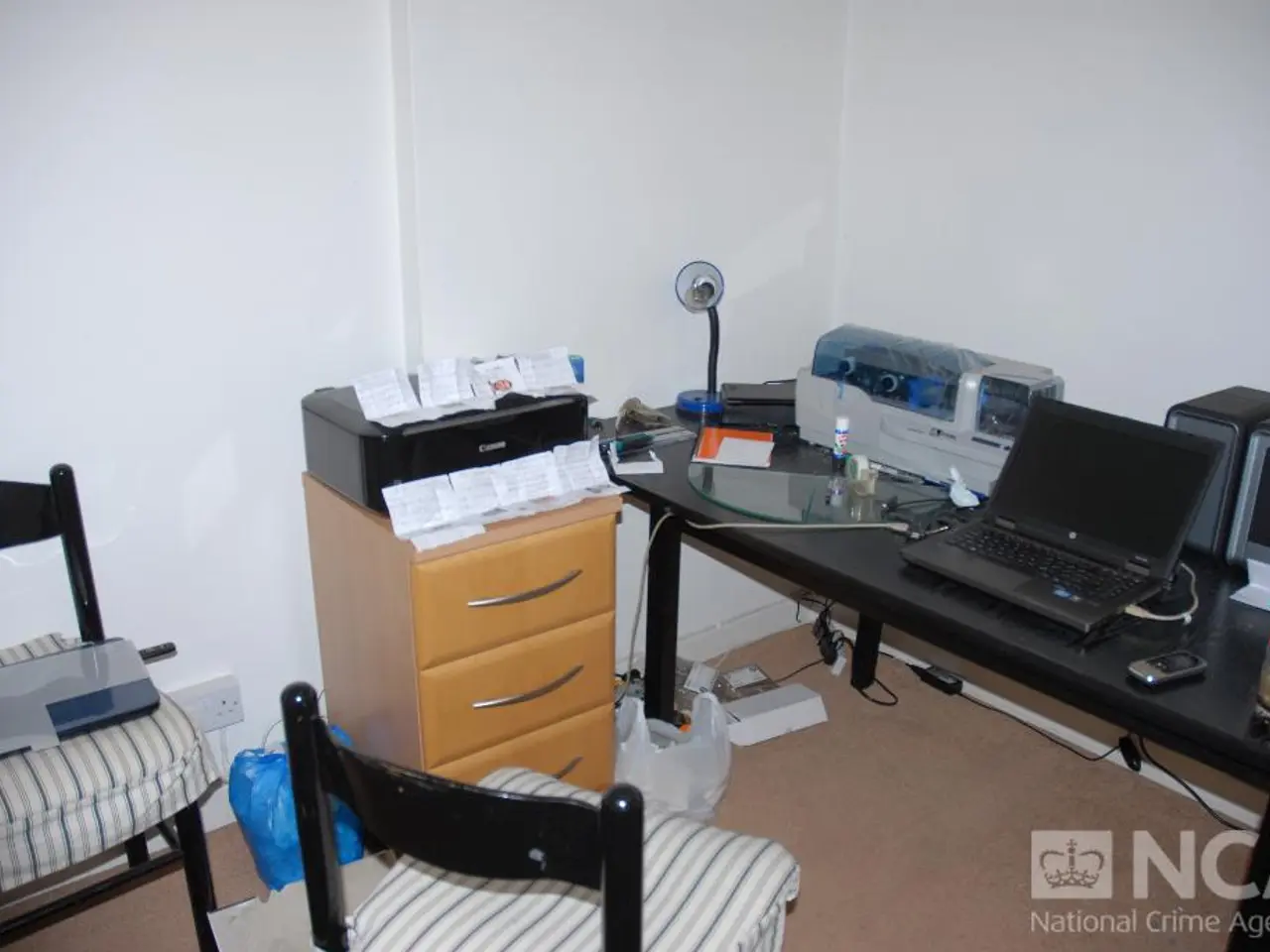Sodium-Powered Fuel Cells Offer Promising Solution for Electric Aircraft
Electric aircraft soon to be propelled by fuel cells.
Researchers from the Massachusetts Institute of Technology (MIT) have developed a groundbreaking fuel cell system that could revolutionize the aviation industry by enabling longer electric flights. The new fuel cell, powered by liquid sodium, offers significant advantages over current battery technology in terms of energy density, cost, and safety.
Enhanced Energy Density
The innovative sodium-air fuel cell showcases an energy density of over 1,000 watt-hours per kilogram (Wh/kg), three times more than the best lithium-ion battery packs available today. This energy level surpasses the 1,000 Wh/kg critical threshold required for realistic electrification of regional jet flights, making it a promising option for longer-range electric aviation.
Cost-Effective Production
One of the key advantages of this fuel cell system is its cost-effectiveness. Sodium, the primary fuel source, is abundant and inexpensive, with production costs comparable to hydrogen. Moreover, unlike lithium-ion batteries that carry both fuel and oxidizer internally, the sodium-air system operates with liquid sodium metal and atmospheric air oxygen, thus reducing weight and lowering costs.
Improved Safety
The sodium-air fuel cell system boasts improved safety compared to lithium-ion batteries, which are renowned for fire hazards. In this design, only the sodium metal is flammable, and since the fuel cell consumes sodium as it operates, only one flammable reactant is present at a time, reducing runaway-fire risks.
Production Process
The system employs a liquid sodium metal anode, a cathode that draws oxygen from humidified ambient air, and a porous ceramic membrane. This design enables the use of atmospheric oxygen, eliminating the need to carry oxidizers on board.
Conclusion
The sodium-air fuel cell technology is a promising approach to electrify aviation by overcoming weight, cost, and safety challenges associated with conventional lithium-ion batteries. With its high energy-to-weight ratio, reduced fire hazard, and cost-effective production process, this technology could unlock longer-range electric flights and potentially transform regional air transport, helping decarbonize the industry.
This pioneering idea, involving liquid metal sodium reacting with air, presents a promising solution to the three chronic aviation pain points of weight, cost, and safety simultaneously. The MIT researchers expect their innovation to be perceived as "completely crazy," but if it isn't, they may have achieved a significant breakthrough in the world of electric aviation.
The community can benefit from the implementation of this community policy, as it addresses the concerns of energy and energy policy by supporting the development of energy-efficient technology like the sodium-powered fuel cells, which show promise for electric aircraft. This advancement in science and technology, through the use of sodium-air fuel cells, contributes to increased energy density, cost-effective production, and improved safety, potentially revolutionizing the aviation industry.




